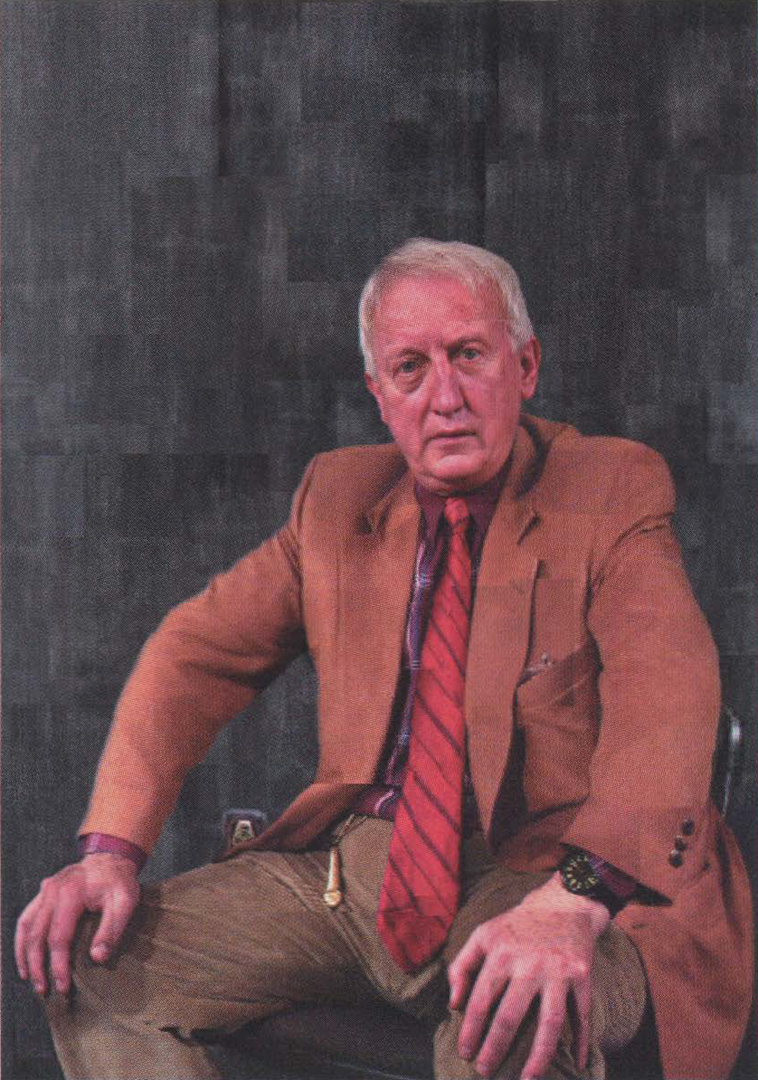Gregory P. Garvey: Portrait of Vlada Petric (after Ingres)
Artist(s):
Title:
- Portrait of Vlada Petric (after Ingres)
Exhibition:
Creation Year:
- 2003
Size:
- 38 in x 28 in
Category:
Keywords:
Artist Statement:
When I first discussed doing a portrait with Vlada Petric, the force his of personality immediately conjured up Jean Auguste Dominique Ingres’ famous sketch and painting of Louis Bertin. Serving many years as the first curator and now a member of the Advisory Board of the Harvard Film Archive, Vlada Petric has a compelling presence, which reinforces his passion for the rich legacy of film.
With this portrait, I pursue concerns similar to those that inform my interactive computer-based installations. With a background in drawing, painting, and printmaking, I’ve retained an interest in the human figure and in the role of the individual gesture and mark as essential parts of image making. In both prints and installations, I seek to explore the nature of the digital medium and the human-computer user interface by engaging the eye, mind, and body of the viewer or participant.
In the early 1980s, I began to experiment with using computer graphics paint systems to directly “frame grab” a subject. Limits in resolution led me to digitally collage multiple views together to achieve greater detail, resulting in a composite image that could be produced in no other way. I noted my affinity with the strategy of analytical cubism to juxtapose multiple points of view and the Polaroid collage portraits by David Hockney.
With painting and drawing, the brush stroke and the gesture of the line are the substrate upon which the illusion of representation is built. With computer graphics, the pixel is the “means of representation” but is not meant to be discernable. As with the pointillism of Seurat, the variation of pixel resolution becomes an essential part of the surface of the work. As the eye makes discrete movements called saccades, it fixates on regions of high-resolution detail. Unlike depth of field generated by a single-point-of-view optical lens, I compose placement of areas of high-resolution (in-focus details) and areas of lower resolution (out-of-focus) to create an artificial depth of focus in the image.
When we look at 2D images, we perform a dance of perception, moving not only our eyes, but also our bodies. We interactively look at parts and wholes of an image at different distances over time at our own volition. In my view, the very essence of interactivity is found in the act of looking, which takes place in space and time.
Affiliation Where Artwork Was Created:
- Quinnipiac University





